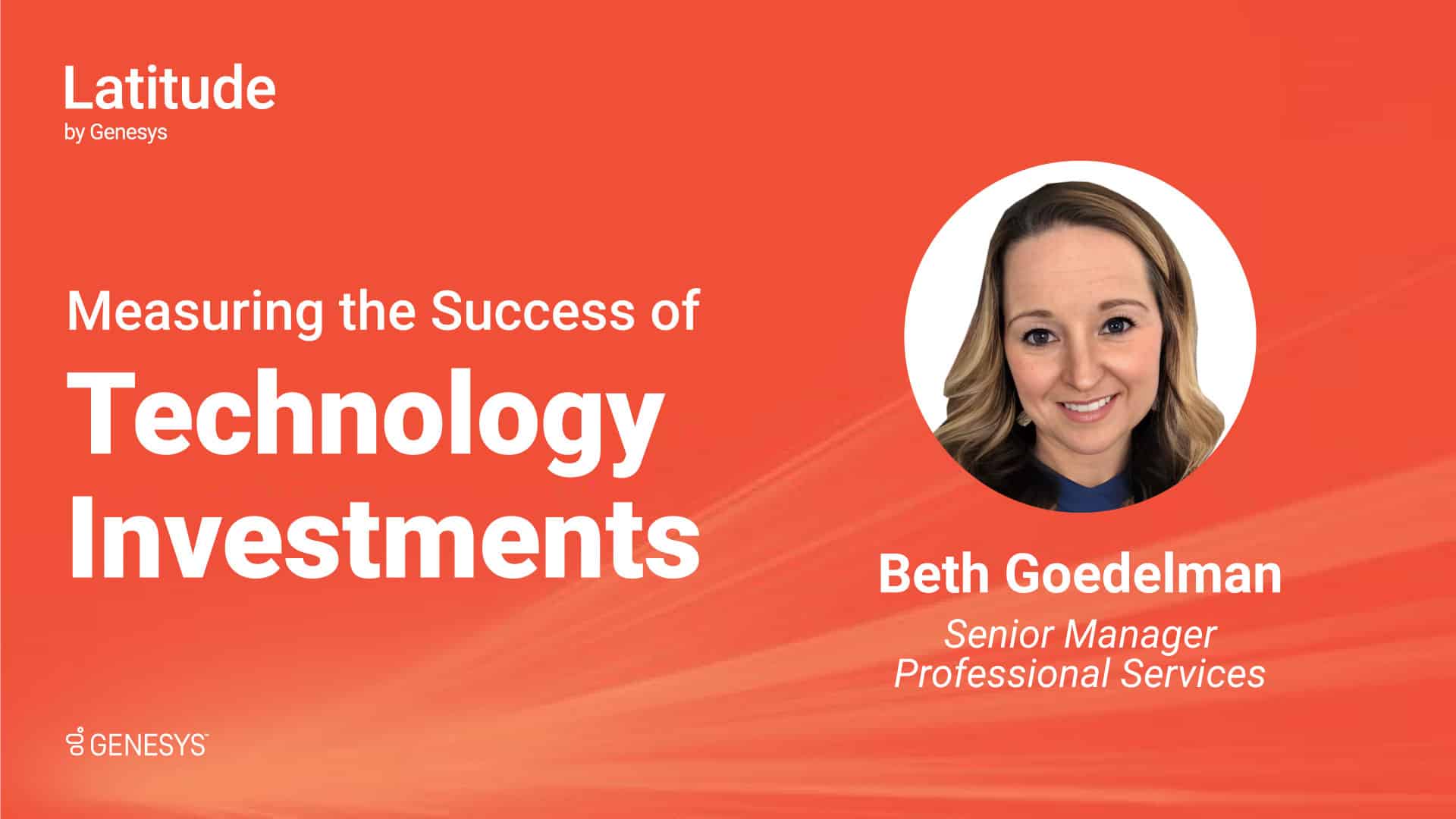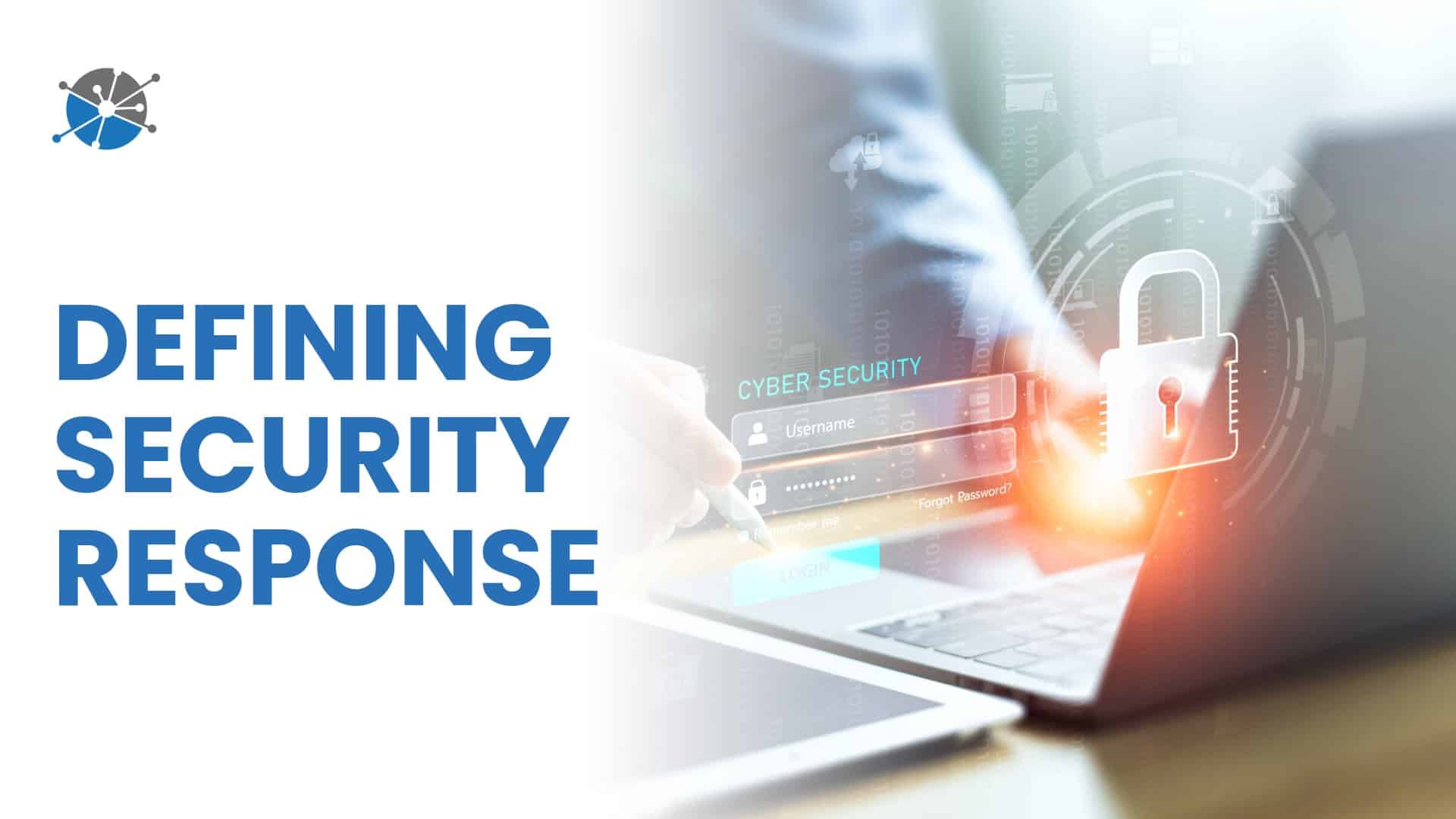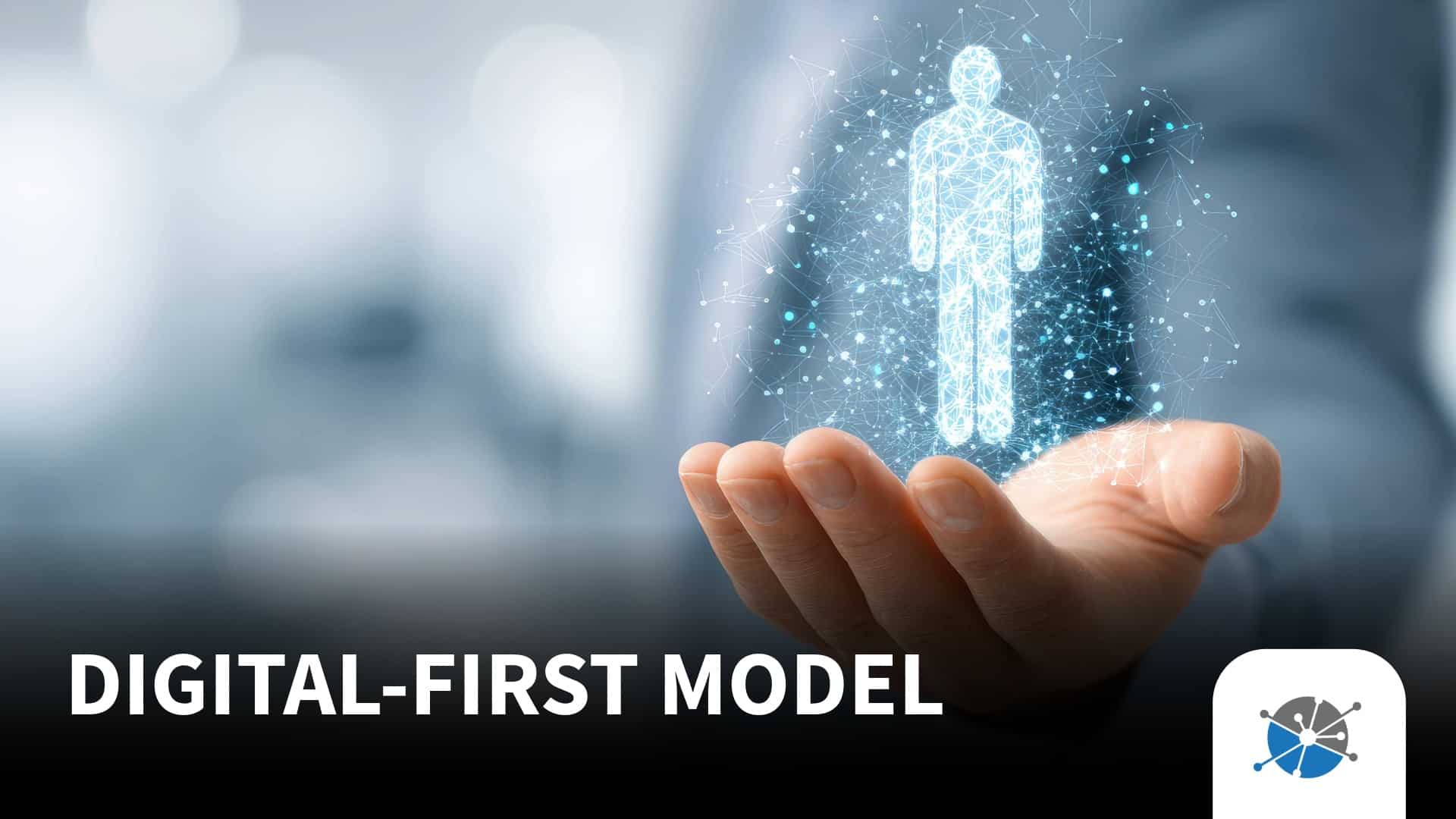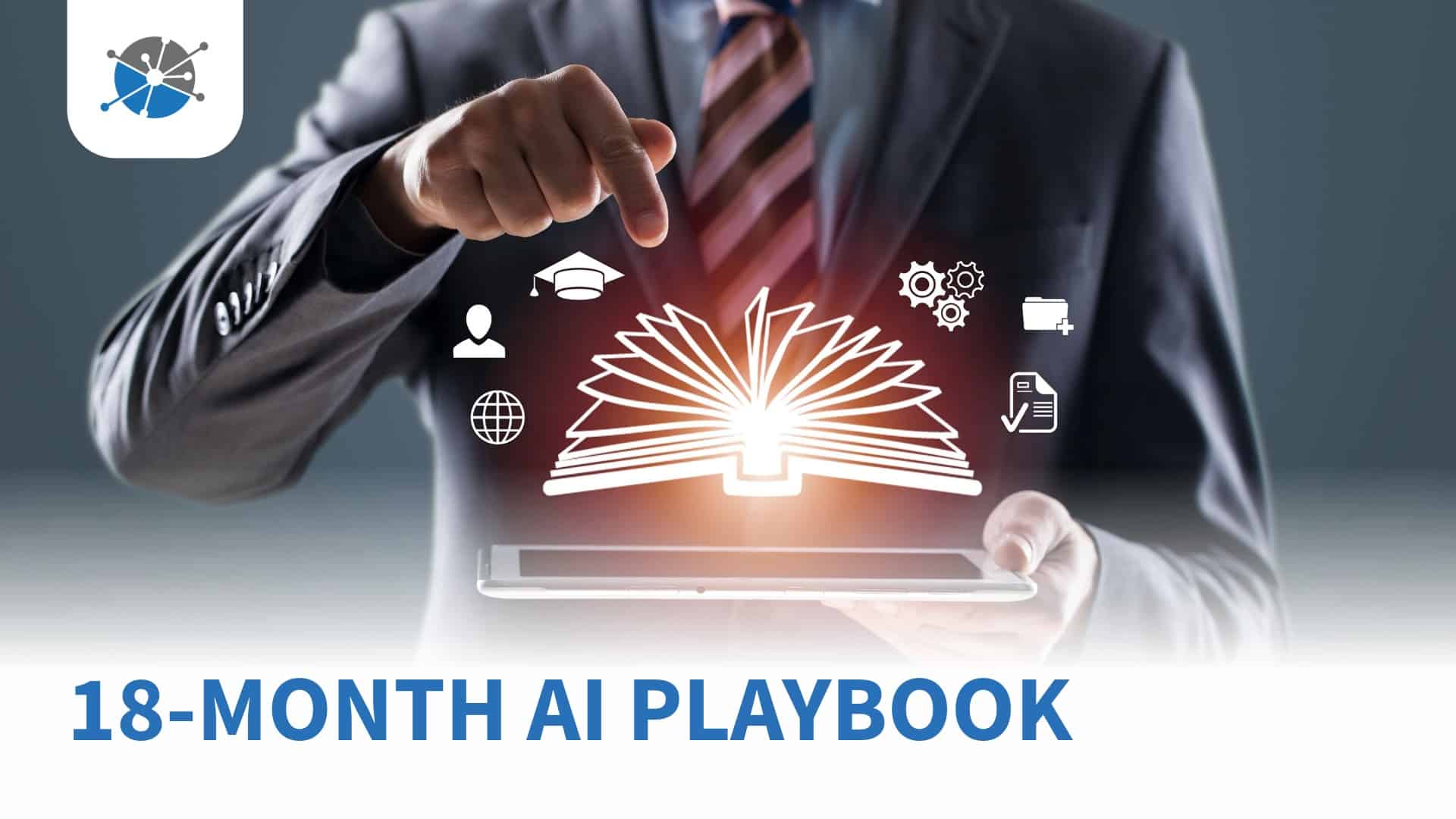
Measuring the Success of Technology Investments
By Beth Goedelman – Senior Manager Professional Services, Latitude by Genesys
As businesses prepare to evaluate, select, and deploy new technology solutions, they sometimes only think about the cost of the solution itself and not the actual cost associated with deploying and maintaining. Going through the process of properly deploying and supporting your technology is an essential part of being successful in deployment. If you’re thinking about pitching a new software to your board, be sure to understand the full cost first.
One example I’ve noticed over the years is that some software customers choose to proceed with a minimal professional services (PS) budget for initial software implementation, planning to get approval for budget additions following deployment. While the approach might seem to make sense initially, the reality that I’ve seen unfold in this scenario is months or even years (if ever) of waiting for the additional funds necessary to take full advantage of the upgraded software. Conversely, the best case example has been when software customers budget upfront for professional services costs to maximize the investment and lay the proper foundation for a successful rollout.
In addition to considering up-front and long-term costs, it’s also important to weigh the savings possible as a result of the new solution as well as the additional revenue that will be generated. In sum, a long-term and high-level view is necessary to fairly evaluate options and measure technology investments by success.
Licensing and Support
Two of the major factors to consider in the cost and success of a software solution are which type of licensing will be included and how much support will be available. There are 3 main types of licensing models (and the support level is often intertwined with the licensing type): perpetual; subscription; and consumption.
Perpetual Licensing
Historically, perpetual licensing was the norm. With a perpetual licensing model, or a “static” model, the customer pays a one-time fee for the indefinite use of a particular software. Supplemental support and software updates are often included for a specified period— typically 1-3 years— although sometimes support is provided perpetually. Software associated with these licensing models is often on-premise, not cloud-based.
For customers, the costs are higher upfront, which can be beneficial for software vendors if they need to generate immediate revenue and customers if they have a windfall without the budget for an added ongoing operational expense. A downside for both parties is that the ability to update the software is limited, especially if support contracts are not renewed by customers. In this model, the partnership between vendor and customer typically declines after initial deployment.
With the increase in cloud computing, perpetual licensing has become less common and has been completely abandoned by many large vendors, including Microsoft and Adobe Creative Cloud. The model often doesn’t align practically with ongoing cloud-based updates and developments. There is also the inevitable dilemma of whether to upgrade or stick with an existing version when a license expires, and security concerns are higher due to there sometimes being a lack of continuous feature updates and security patches.
Subscription Licensing
As cloud-based computing has become more mainstream, perpetual licensing is being increasingly replaced by subscription licensing models. Many businesses are finding that the benefits of this model are proving themselves conducive to growth and evolving compliance needs. Financially, it allows the cost to be spread out over time and allocated into fixed operational expenses rather than upfront one-time capital costs.
The flexibility in a subscription licensing model also helps businesses to remain more agile and cutting-edge as technologies, regulations, and business needs change. The monthly fees create a cash flow for software developers to continue R&D efforts toward ongoing improvements and updates. Therefore, support is “baked into” the model and there is a better alignment of incentives between the software provider and customer; the provider is incentivized to maintain the partnership and the customer is incentivized to make the most of the subscription cost.
A close partnership with software providers allows a feedback loop to fuel success as things change over time. Whether a new regulation rolls out or a business shift is made, this model helps providers and subscribers to adjust and deploy much more quickly. Security is typically better due to this model providing ongoing support and real-time patches and feature updates. Therefore, the subscription model lends itself well to staying optimized.
Consumption-Based (aka Usage-Based or “Pay-As-You-Go”) Licensing
In a consumption-based model, users pay based directly on the use of the service. This allows for unlimited scalability as well as the ability to save costs when needed. The cost is not necessarily as predictable for the customer and the revenue is not as predictable for the provider. Microsoft Azure, Amazon Web Services (AWS), and Google Cloud are popular examples of this option, with pricing dependent on the amount of cloud computing power or storage used.
Cutting Costs Through Automation
In addition to considering licensing, support, and associated security/compliance factors, another cost factor to consider is savings as a result of automation. As new technology continues to reduce manual processes and the potential for manual error, businesses are enabled to free up resources and better protect the bottom line from risk.
Saving on FTEs and improving the ability to grow in capacity without growing expenses can be actualized through much of the new software on the market that allows previously manual processes with dedicated employees to allocate their time and abilities in more revenue-generating ways. It also helps businesses to target their efforts in the right places for maximum value.
Learn More
If you’re considering a system conversion or software update and would like to chat about options, feel free to reach out to Latitude by Genesys online or by phone, or connect with us in person at an upcoming event. We can help review your needs, map your requirements, and provide consultative support and unbiased recommendations.
We also recommend checking out the Receivables Info webinar recording on this topic featuring Jennifer Dilbeck Johnson with TEC Services Group and Beth Goedelman with Latitude by Genesys:
About Latitude by Genesys
Latitude by Genesys® is a comprehensive debt collection and recovery solution for managing all receivables processes. It provides collectors with the tools to manage the collection and recovery process. Latitude deploys a true zero-footprint, browser-based environment for collectors and agents. Since 1996, Latitude’s focus has been to provide forward-thinking, attractive solutions to the business needs of different people and companies in the accounts receivable management (ARM) space. Acquired by Genesys in 2016, Latitude is continually growing, innovating, and reshaping ARM companies’ and their consumers’ technology expectations and customer experiences.







